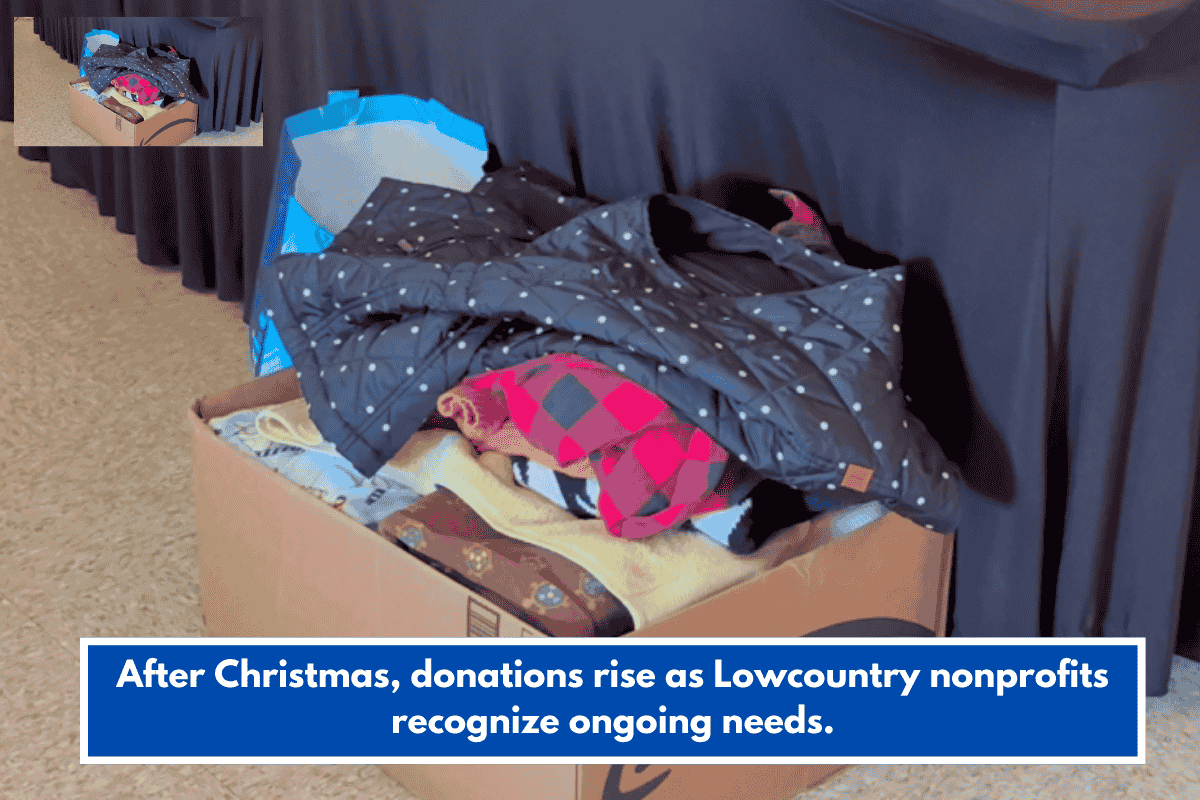Starting in mid-August, the Social Security Administration (SSA) is set to implement significant changes that will require millions of beneficiaries to visit local offices in person instead of handling certain tasks by phone. This new policy aims to reduce the amount of phone-based support the SSA provides, but experts are concerned that it will place even more strain on an already overburdened system. Here’s what you need to know about these changes and how they might impact you.
What Are the New Rules?
Under the new rules, beneficiaries will no longer be able to complete basic account tasks over the phone. These include:
Changing addresses
Checking the status of claims
Requesting benefit verification letters
Ordering tax forms
Instead, those who need assistance with these services will be required to either navigate a complex online verification process or visit a local Social Security office in person.
For those who choose to use the phone service, they will need to complete a multi-step digital verification process to generate a one-time PIN. This verification system is designed to enhance security, but it presents significant challenges for individuals, particularly older Americans and those without access to reliable internet.
If beneficiaries are unable to complete the verification process online, their only option will be to go to an SSA office in person. With approximately 3.4 million more visits projected annually, this change could lead to longer wait times and slower service at local offices, particularly for seniors, people with disabilities, and families dealing with the loss of a loved one.
How Will the Change Affect Social Security Offices?
The new policy will place additional pressure on the 1,200 local SSA offices nationwide. According to SSA estimates, the new rules will create an extra 3.4 million visits annually, resulting in more people needing to make trips to the office for services that used to be manageable by phone. This is expected to lead to longer wait times and delays in service for everyone, especially in rural areas where beneficiaries may have to travel significant distances to reach the nearest office.
Data shows that this could add up to nearly 3 million more hours spent on the road by seniors trying to get the services they need. That’s not even counting the extra time spent waiting in line once they arrive at the office.
The Strain on SSA Staff and Resources
The timing of this change has raised concerns, especially given the staffing shortages the SSA is already facing. Earlier this year, about 1,000 field office employees were reassigned to cover call volumes at the national 800 number. In addition, nearly 2,000 SSA employees accepted buyouts this year as part of the agency’s largest staffing cuts in history. Many other workers have left through early retirements or attrition, leaving some offices with skeleton crews.
Advocates warn that the already struggling SSA workforce will be further stretched by the increase in in-person visits. These staffing shortages will likely make it more difficult for beneficiaries to get the help they need in a timely manner.
Additional Burden Due to Earlier Changes
This new rule isn’t the first change aimed at reducing phone services. A policy introduced earlier this year restricted phone service for beneficiaries updating direct deposit information, leading to an additional 1.9 million in-person visits annually. Combined with the new rules for basic services, the SSA anticipates that foot traffic at local offices will increase by 17%, rising from 32 million visits last year to an estimated 37.4 million visits this year.
There are also changes related to the automatic Social Security number process for immigrants with work authorization and newly naturalized citizens, which will further add to the surge in in-person visits.
Who Is Most Affected by These Changes?
The new rules will primarily impact:
Seniors, who may have difficulty navigating online processes or traveling long distances to SSA offices.
People with disabilities, who often face additional challenges accessing in-person services.
Families dealing with the loss of loved ones, who may need to complete critical services in person during an already difficult time.
Rural communities, where beneficiaries are likely to experience longer travel times and fewer local offices.
What Can You Do If You’re Affected?
If you are affected by these changes, here are a few things you can do to prepare:
Ensure you have reliable internet access if you plan to complete tasks online, as the process will require generating a one-time PIN.
Visit your local Social Security office early if you anticipate needing in-person services, especially if you live in a rural area where office access may be limited.
Check the SSA website regularly for updates on the new rules and to verify your eligibility for certain services.
Consider seeking assistance from family members or a trusted friend who can help you navigate the online verification process if you’re having difficulty.
The new Social Security Administration rules starting in August 2025 will require many beneficiaries to visit their local offices in person for routine services that were previously manageable by phone. This change will likely lead to increased wait times and longer travel hours, especially for seniors, people with disabilities, and those in rural areas. With staffing shortages already affecting SSA offices, advocates are concerned that these changes will put even more strain on an already overburdened system.
If you are impacted by these changes, it’s important to stay informed, verify your payment dates, and prepare to visit an SSA office if needed. While the new rules are meant to streamline services, they are expected to create significant challenges for millions of Americans who rely on Social Security services.














